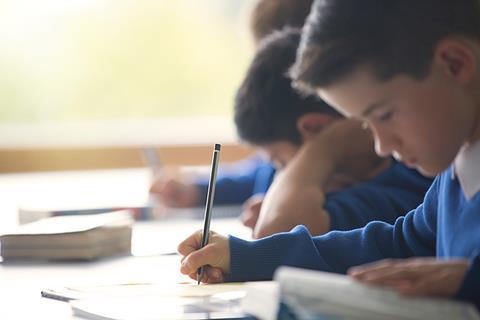Olha Madylus gives advice on how to present and practise vocabulary, using a practical staged approach.

At the presentation stage it is vital that the meaning of new words is clear. I am a great advocate of avoiding mother tongue in the English classroom. Translation is unnecessary and indirect and also creates a dependence in students that is later hard to cure.
A staged approach
To present concrete vocabulary, I recommend a staged approach. For example, if introducing vocabulary for fruit:
- Bring in a bag of different fruit – six to eight items at a time is plenty.
- Pick up one fruit and say the word clearly a number of times, encouraging the students to repeat the word.
- Go through all the words in this way.
- Return regularly to a word students have already been introduced to and check they have remembered it, e.g. pick up a banana and say ‘An apple?’ or ‘Is this an apple?’ Students should be able to say ‘Yes’ or ‘No’ appropriately before you move on to check the vocabulary further.
- To further check that students have connected the new word to the meaning, ask students individually, ‘Show me the banana,’ etc. This will get them actively involved in recognising the target word and indicating the object which it describes.
NB: With vocabulary like animals, pictures can be used.
With verbs, actions can be used to present the vocabulary – walk, sit, swim, hop, etc – and students can be encouraged to respond to the words with the appropriate actions. This is a great game.
Flashcards
Once children have been introduced to the alphabet and have started reading and writing words, and after the introduction of the meaning and sound of new words, introduce the written form. Make flashcards with words on them, read them aloud with the students and get them to match the words to the objects or pictures.
When students are more confident, you can then get them to write the words under pictures, like this:
 |
 |
 |
|
b _ _ k
|
c _ a _ r
|
p _ _ c _ l
|
How to teach skills
- 1
- 2
- 3
- 4
- 5
- 6
- 7
 Currently reading
Currently readingBeginning vocabulary: Presenting new vocabulary
- 8








No comments yet